The Thai national costume is a vivid representation of Thailand’s rich heritage, cultural identity, and artistic expression. It encompasses not only beautiful attire but also the stories and traditions that have evolved through centuries. In this article, we will explore the various aspects of the Thai national costume, its significance in Thai society, and how it continues to capture the hearts of both locals and visitors today.
Understanding the Essence of Thai National Costume
The Thai national costume is more than just clothing; it is a tangible reflection of history, culture, and craftsmanship. Each piece tells a story, symbolizing the beauty and diversity of Thai culture while honoring its historical roots.
While traditional Thai clothing varies from region to region, certain elements remain consistent, representing timelessness and continuity. The fabric, colors, and styles chosen for different occasions are deeply symbolic, showcasing the wearer’s identity and social status.
Historical Background of Thai National Costume
Diving into the historical background of the Thai national costume, we uncover layers of influences shaping its evolution over time. From ancient times, Thai clothing has adapted to reflect societal changes, foreign interactions, and shifting cultural paradigms.
The Lanna kingdom in the north and the Sukhothai period greatly influenced the development of traditional garments. These early influences laid the groundwork for what is recognized today as the Thai national costume.
In the 19th century, during the reign of King Rama V, Western-style clothing started making its way into Thai society. This era saw a blend of traditional and modern styles, illustrating how Thai fashion could embrace change while retaining core cultural values.
The fabrics used historically were often woven by skilled artisans, with intricate patterns and vibrant colors depicting regional identities. Cotton, silk, and other materials became popular, each offering a unique texture and aesthetic appeal.
Cultural Significance of Thai National Costume
The Thai national costume is imbued with cultural significance, acting as a symbol of national pride and identity. It plays an important role in various ceremonies, festivals, and everyday life, with specific attire reserved for special events or public occasions.
For instance, during religious festivals, such as Songkran, people often wear traditional clothing to honor their ancestors and showcase the beauty of their heritage. Similarly, weddings may see elaborate costumes reflecting the family’s wealth and social standing, creating a visual tapestry of cultural tradition.
Moreover, the Thai national costume serves as a medium of artistic expression. Designers integrate modern aesthetics into traditional garments, breathing new life into conventional designs and attracting younger generations. This fusion helps maintain relevance while preserving age-old customs.
Evolution of Traditional Attire into Modern Fashion
As Thailand evolved into a global tourist destination, the perception and use of the Thai national costume underwent significant transformation. While initially rooted in formal settings, these outfits have increasingly permeated everyday fashion among the youth and urban populace.
Today, designers draw inspiration from traditional garments to create contemporary wear that resonates with modern sensibilities. The incorporation of traditional motifs and weaving techniques into casual clothing celebrates cultural heritage while appealing to a broader audience.
Social media platforms have played a pivotal role in promoting the Thai national costume. Influencers and fashionistas proudly showcase their ethnic wear, encouraging others to appreciate and adopt traditional attire within modern contexts.
Through collaborations between artisans and fashion houses, sustainable practices are encouraged, supporting local economies and preserving traditional craftsmanship. This approach not only fosters creativity but also strengthens community ties and cultural pride.
Different Styles of Thai National Costume
Within the realm of the Thai national costume, various styles exist, each echoing the distinctiveness of Thailand’s regions and communities. Understanding these styles reveals the depth of the country’s cultural fabric and showcases how geography influences fashion.
One can categorize the national attire primarily into two forms: the male and female ensembles that vary dramatically in design, function, and symbolism. Both styles incorporate diverse fabrics, colors, and accessories that contribute to their uniqueness.
Women’s Traditional Attire
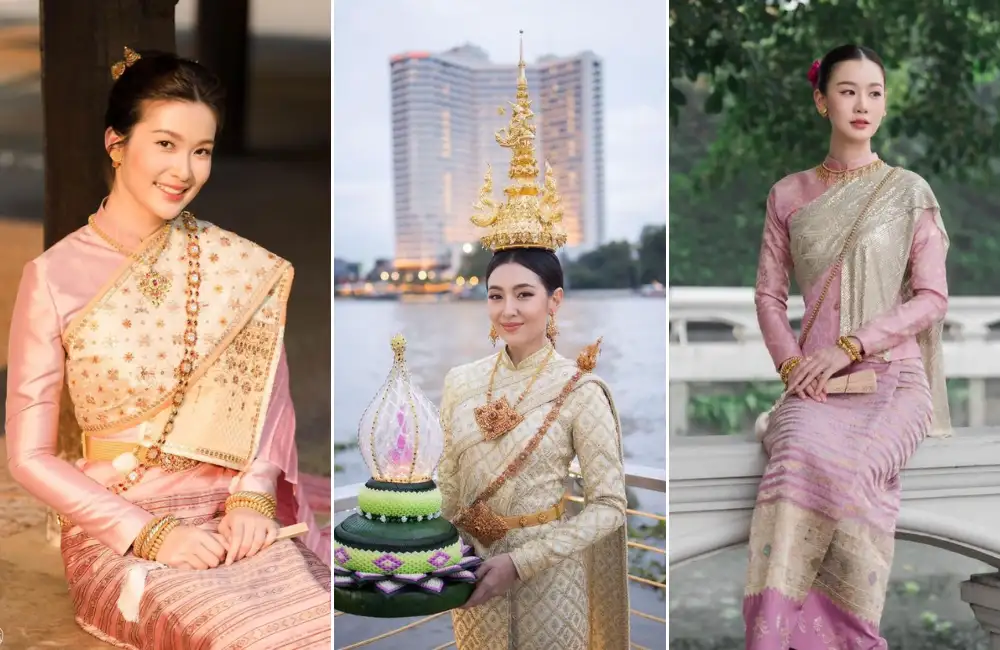
Women’s traditional attire is perhaps the most recognized aspect of the Thai national costume. The graceful lines and exquisite embellishments speak volumes about femininity and elegance.
Chut Thai: The Quintessential Ensemble
The quintessential women’s ensemble, known as Chut Thai, consists of a blouse and a sarong-like skirt. It is often paired with a shawl or a wrap, adding elegance and adaptability for different occasions.
The chut thai typically features intricate patterns and vibrant hues. The blouse is usually crafted from silk and can be adorned with delicate embroidery or beadwork. The skirt, known as phaa sin, is wrapped around the waist, allowing freedom of movement.
Traditionally, the colors chosen for the chut thai hold specific meanings. For instance, bright colors are a sign of celebration, while softer shades may denote solemnity and respect during ceremonies. This interplay of color adds a layer of cultural depth, reminding wearers of their connection to tradition.
Accessories and Adornments
Accessories play a crucial role in completing the look of the Thai national costume for women. Ornate jewelry, like gold necklaces, earrings, and bangles, enhance the beauty of the outfit, echoing the richness of Thai craftsmanship.
Headpieces, such as the Chada crown, may be worn during ceremonial occasions, symbolizing royalty and reverence. These adornments often utilize local gemstones and gold, embodying the prosperity and elegance associated with Thai culture.
Additionally, the art of makeup complements the attire, featuring bold eyeliner and vibrant lip colors that accentuate facial features. The overall look reflects not just personal style but a deep respect for cultural heritage.
Men’s Traditional Attire

Men’s traditional attire, while less flamboyant than women’s, carries its own charm and elegance. The outfits often symbolize strength and resilience, with roots deeply embedded in Thailand’s historical narratives.
The male ensemble usually consists of a Raj Pattern shirt (a long shirt) paired with Chong Kraben trousers, demonstrating practicality and comfort.
The Raj Pattern shirt: Symbol of Strength
The Raj Pattern shirt stands out as a fundamental component of men’s traditional attire. Often made from sturdy cotton or silk, this garment is designed for versatility, allowing wearers to participate in various activities without constraint.
Typically worn untucked, the Raj Pattern shirt allows for free movement, making it ideal for farmers and laborers in historical times. Its simple yet effective design encapsulates the spirit of Thai masculinity, rooted in hard work and determination.
The colors and patterns of the Raj Pattern shirt may vary according to occasion or season, with darker hues often associated with formal events and lighter shades preferred for daily wear.
Complementary Elements
Complementing the Raj Pattern shirt is a pair of Chong Kraben, a type of trouser that is wrapped around the waist and tucked between the legs. This practical design is not only comfortable but also reflects the dynamic lifestyle of men in Thailand.
Footwear typically consists of traditional sandals crafted from leather or woven material, adding authenticity to the overall look. Accessories, though minimal compared to women’s outfits, may include ornamental belts and hats that signify status or profession.
Fashion designers today are reinterpreting these traditional elements into modern silhouettes, blending functionality with cultural aesthetics. This adaptation ensures the continuity of Thai cultural symbols while remaining relevant in contemporary fashion narratives.
The Role of Thai National Costume in Festivals and Ceremonies
The Thai national costume holds immense significance during festivals and ceremonies, serving as a bridge connecting the past with the present. Events ranging from royal celebrations to local festivities showcase the vibrancy and diversity of traditional attire.
Each festival embodies a unique cultural heritage, where traditional clothing becomes a canvas displaying the artistry of local craftsmanship. The colorful display of garments, coupled with traditional rituals, creates a mesmerizing spectacle.
Major Festivals Celebrating Thai National Costume

Several major festivals in Thailand provide opportunities for showcasing the Thai national costume in all its glory. Each event reflects the local culture, beliefs, and customs that define the community’s identity.
Songkran Festival
Songkran, the Thai New Year festival, is one of the most celebrated occasions where traditional attire takes center stage. During this water festival, people wear light and breathable clothes, often opting for traditional costumes to commemorate their heritage.
The act of splashing water symbolizes purification and renewal. Wearing traditional attire during Songkran not only honors the past but also brings the community together in joyous celebration.
Participants often adorn themselves with floral garlands, enhancing the festive atmosphere. The sight of individuals clad in colorful chut thai and sangthong parading through the streets creates a captivating blend of tradition and modernity.
Loy Krathong Festival
Loy Krathong, another significant festival celebrated nationwide, invites people to release floating lanterns on water bodies, symbolizing the letting go of negativity. Traditional attire, especially the chut thai, is commonly worn to honor this beautiful occasion.
During Loy Krathong, women often adorn themselves with flower crowns, and their attire features rich fabrics and intricate patterns. The combination of the sparkling water and the colorful costumes creates a breathtaking ambiance, transcending ordinary celebrations.
Ceremonial Occasions and Royal Events
Beyond festivals, the Thai national costume plays a vital role in various ceremonial occasions, particularly those associated with the monarchy. Royal events are often marked by the presence of traditional attire, reflecting the reverence and honor bestowed upon the royal family.
During coronation ceremonies and royal weddings, participants don elegant traditional garments that carry historical significance. These occasions emphasize the importance of maintaining cultural heritage and demonstrate the beauty of Thai craftsmanship at its finest.
Moreover, formal state functions often require diplomats and officials to wear traditional attire, bridging cultural gaps and fostering appreciation for Thai traditions on the global stage.
The Future of Thai National Costume in Contemporary Society
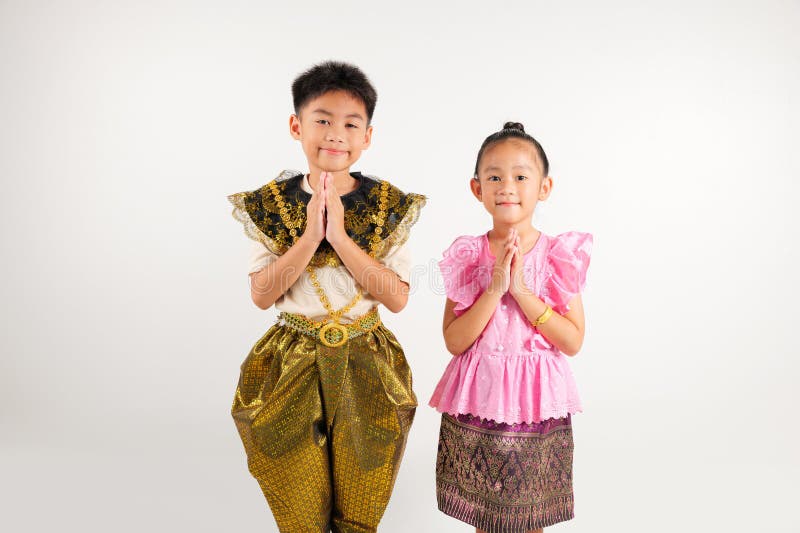
As we move into an era of globalization and technological advancement, the future of the Thai national costume remains promising. The fusion of tradition and modernity presents exciting opportunities for fashion designers and artisans alike.
While there may be challenges posed by rapid modernization, many individuals and organizations are dedicated to preserving and promoting Thai cultural heritage.
Revitalization Efforts by Designers and Artisans
Fashion designers, both local and international, are increasingly drawn to the allure of traditional Thai attire. Many are embracing sustainable practices by incorporating locally sourced materials and artisanal techniques in their creations.
By melding traditional aesthetics with contemporary styles, designers ensure that the Thai national costume remains relevant and appealing to younger generations. Collaborations between artisans and fashion houses have emerged, spotlighting the rich expertise of skilled craftsmen.
This revival encourages ongoing dialogue about cultural identity and sustainability, proving that traditional garments can adapt while retaining their historic significance.
Cultural Awareness and Education
Educational initiatives aimed at fostering cultural awareness are vital for ensuring the longevity of the Thai national costume. Schools, universities, and local organizations are beginning to incorporate courses focused on Thai heritage, teaching students about the historical context and artistry behind traditional attire.
Furthermore, social media platforms serve as powerful tools for spreading awareness and appreciation. Influencers sharing insights about traditional outfits encourage followers to embrace their cultural heritage, inspiring a sense of pride and responsibility toward preservation.
Conclusion
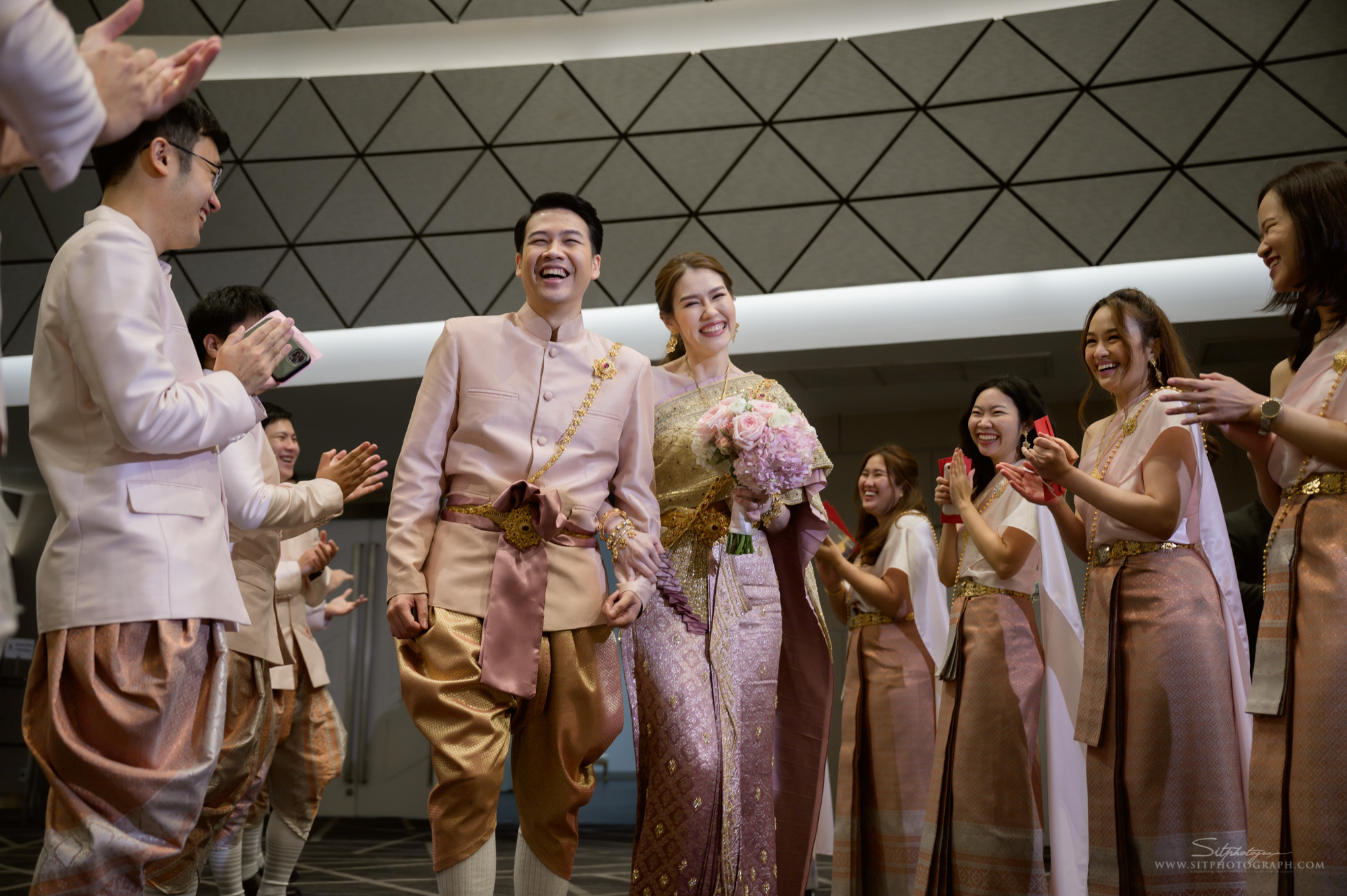
The Thai national costume stands as a remarkable testament to the nation’s rich history, artistry, and cultural identity. Through the centuries, it has gracefully evolved while retaining its core values, showcasing the dynamism of Thai culture amidst changing times.
From the elegant chut thai to the sturdy sangthong, every element of traditional attire reflects the stories of the Thai people, their struggles, and their triumphs. As we navigate the complexities of modern society, the commitment to preserving and promoting these traditions remains paramount.
The journey of the Thai national costume is far from over. With the continued support of designers, artisans, and cultural advocates, future generations will undoubtedly celebrate and cherish this enchanting aspect of Thai heritage.
✉️ Stay Connected — Subscribe for Weekly Updates
Discover timeless stories, practical wisdom, and beautiful culture — delivered straight to your inbox.
*We only share valuable insights — no spam, ever.




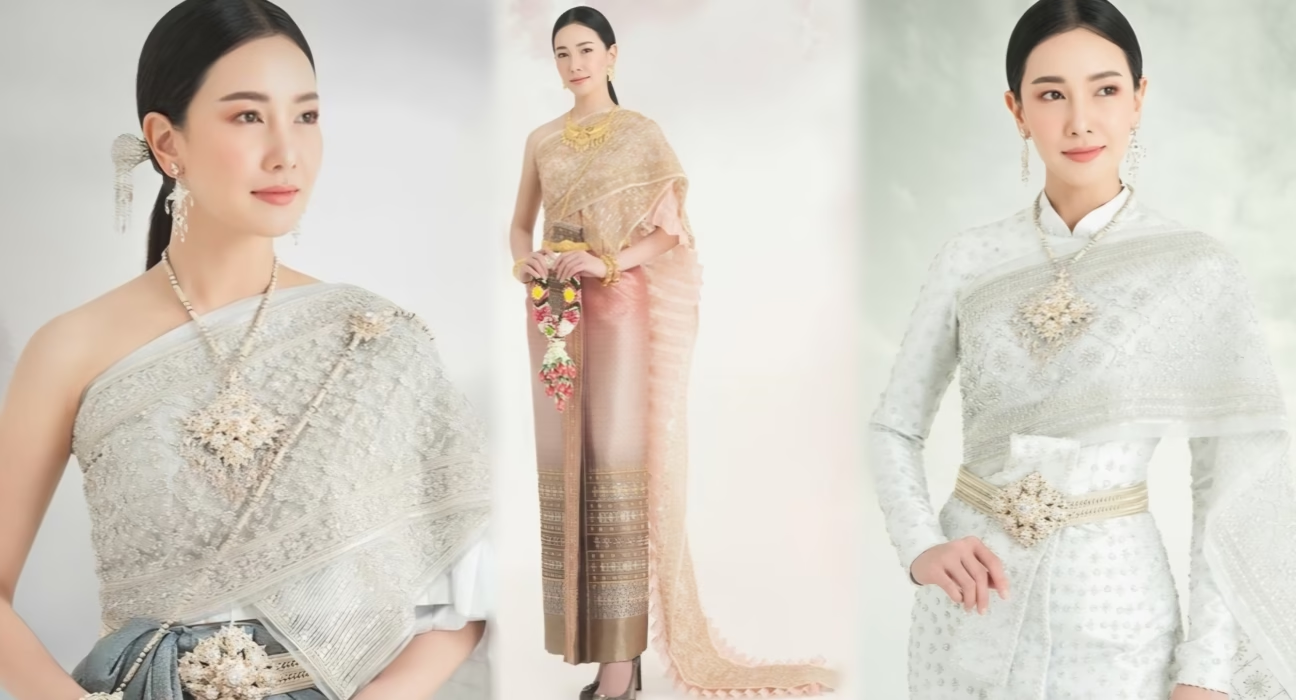
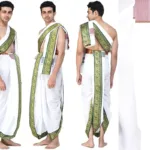

Holden Finnley Hopkins
Tháng mười một 26, 2024Your positivity and enthusiasm are infectious I can’t help but feel uplifted and motivated after reading your posts
Vivian
Tháng mười một 26, 2024thank you <3